Week 2 Lecture 2 - Closure Properties of Regular Languages
1/17
There's no tags or description
Looks like no tags are added yet.
Name | Mastery | Learn | Test | Matching | Spaced |
|---|
No study sessions yet.
18 Terms
Give the name for the property where a language is regular because there is an FSA that accepts it.
Closure
Draw the languages:
L1 = {an | n >= 2} and L2 = {abma | m >= 0}
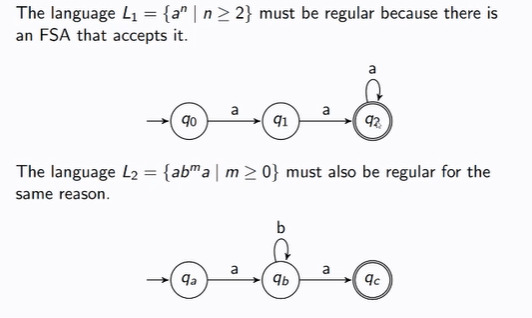
For regular languages L1 and L2, is L1 U L2 regular?
Yes
Give the drawing of L1 U L2
Method not using λ transitions
L1 = {a}∗{b} and L2 = {aa, ab}

Give the drawing of L1 U L2
Method using λ transitions
L1 = {a}∗{b} and L2 = {aa, ab}

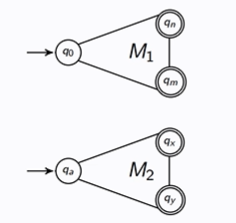
Draw the generalised pattern for M1 U M2
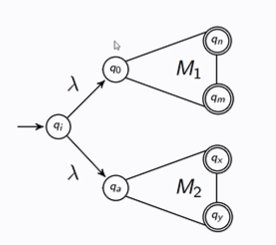
For regular languages L1 and L2, is L1L2 regular?
Yes

Draw the generalised pattern for M1M2

Prove by induction that if L1, … , Ln is a regular language, where n >= 1, then L1….Ln is also a regular language
Base case: n = 1
In this case, L1….Ln = L1 and L1 is regular by definition.
Inductive step:
L1….Ln = L1….Ln-1Ln
Ln is a regular language by assumption and L1….Ln-1 is a regular language by inductive hypothesis. So L1….Ln must be a regular language.
What is L*? And is it a regular language
Yes

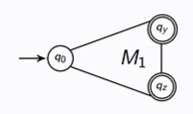
Given M1 is an FSA that accepts L1, what is the FSA that accepts L1*?
The new initial state must be final or λ is not accepted.
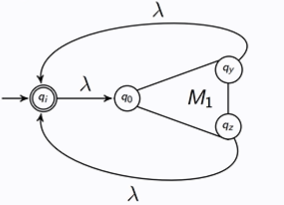
What is the complement of L and is it a regular language?
Σ* - L
Yes
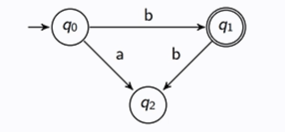
Consider the DFA M = (Q, Σ, δ, i, F ) such that L = L(M)
What is the FSA that accepts the complement? Give the steps
1) Complete M so that it has transitions from every state for every symbol. This is done by adding a junk state.
2) Invert the final + non-final states
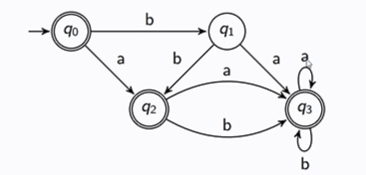

Consider the language L which consists of all binary strings that start and end in a 1. Construct the FSA that accepts the complement:


Using de Morgans law, prove this is regular:


Show the construction of closure under intersection using:


Using these 2 languages L1 and L2, construct the FSA that accepts the intersection

Prove that if L and M are regular languages, so is L - M
